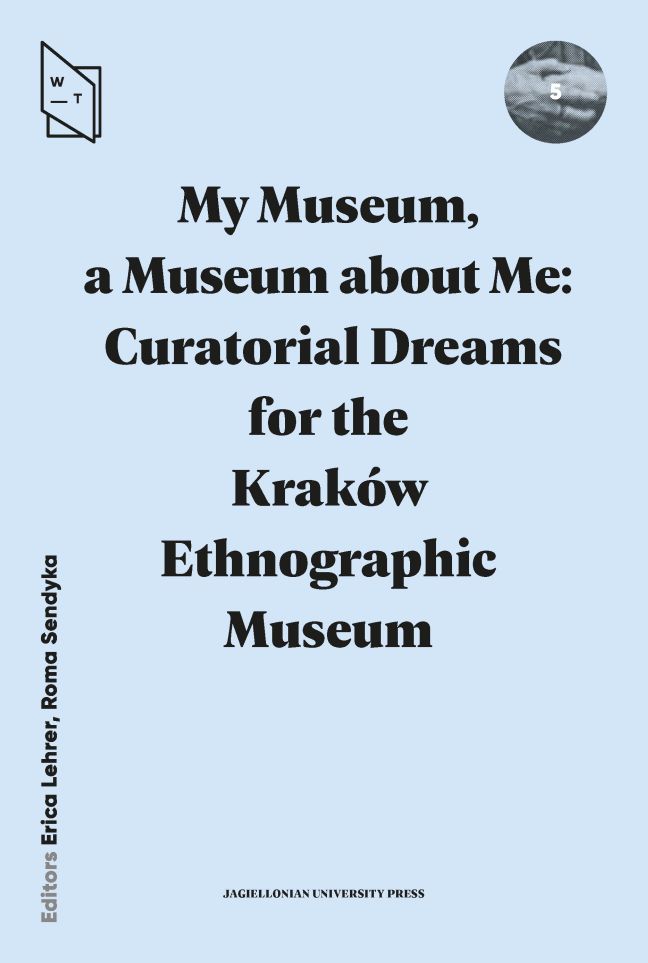The Ethnographic Museum i Dream of is a Shared Space
Published online by Cambridge University Press: 01 March 2024
Summary
For many ethnographic museums, the last few years, or even decades, have been a time of experimentation. In numerous institutions one can observe efforts to seek out new forms of engaging the public as well as the development of new collecting and research practices. Among other influences, these changes are responding to the democratization of museums, the new needs of audiences, internal reflection among ethnographic museum practitioners, and the evolution of the discipline from which these institutions originated, namely today's cultural anthropology, which was widely known as ethnography at the time many of them first emerged. As a result, museums in many parts of the world are renaming themselves in ways that reframe their (and our) relationships to the museum's collections and to the people from whom they were sourced. These new namings are accompanied by revolutionary re-imaginings of museum architecture and new forms of curatorial expression. In short: these museums want to tell a new story about the human world.
The Ethnographic Museum of Kraków (MEK) is experimenting in many ways, and blazing new trails in the process. Those who are setting out in search of new forms of expression for this place can be referred to—following the lead of one issue of the MEK Annual—as a “community of seekers.” In selecting areas for research, in interpretation of the collection, in educational activities, as well as in publishing, temporary exhibition projects, digital activities, and partnerships, our experiments engage with the material and immaterial aspects of the museum.
THE IMPERMANENCE OF THE PERMANENT EXHIBITION
There is also work taking place in the museum to make changes in the permanent exhibitions in several directions. Selected examples follow. In 2009 the museum's Festival of Ethnodesign generated new materials related to contemporary design. In the following years a gallery regarding the power of seasonal regeneration embodied in springtime ceremonies connected to nature (titled Od-no-wa) was completely transformed. The next phase was a change in the curatorial approach to art from MEK's collections. A 2015 exhibition entitled Nieobjęta Ziemia [Unattainable Earth] emerged from stories about art that reached beyond academic knowledge; the script (and the title) was based on a book by Czesław Miłosz, which had been the inspiration for the exhibition's curators.
- Type
- Chapter
- Information
- My Museum, a Museum about MeCuratorial Dreams for the Kraków Ethnographic Museum, pp. 35 - 44Publisher: Jagiellonian University PressPrint publication year: 2023

